“Our successes cannot only be measured in terms of economic returns. It must also be measured in social and cultural returns. Only then we can speak of a lasting and responsible community. The relationship that we have built with Edo Righini and his Team exemplifies true partnership, entrepreneurial spirit and deep collaboration, making the seemingly impossible possible.”
- Peter Wennink -
President and CEO of ASML (2013 – 2024) / Chair of the Supervisory Board, Heineken / Member of the Supervisory Board, VDL Group / Chair of the Supervisory Board, Eindhoven University of Technology
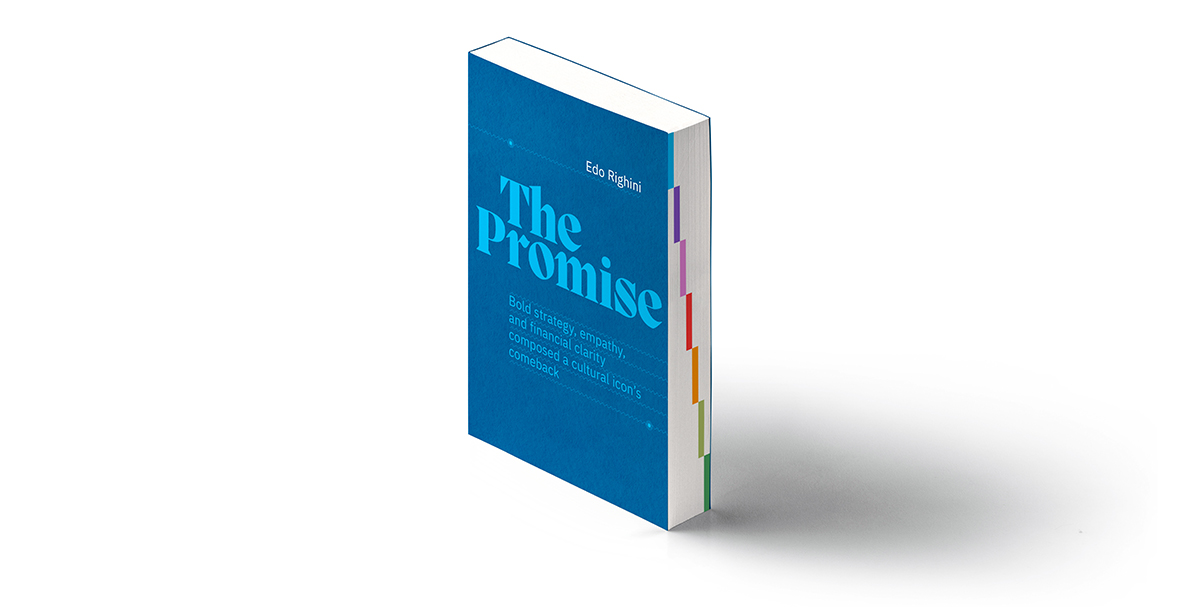
“Edo Righini takes us along his journey at the MgE, an organisation in decline facing multiple challenges. Based on the Promise Principle and it’s six interconnected pillars, he was able to regain trust from stakeholders and put the organisation on a new promising path. It’s a showcase of perseverance, creativity, communication and the commitment to excellence. The book is a ‘ must-read ‘ for leaders of complex organisations who face the challenge of transformation.”
- Robert-Jan Smits -
President Emeritus Eindhoven University of Technology
Bold strategy, empathy, and financial clarity composed a cultural icon’s comeback
This book tells the story of the successful transformation of an iconic cultural organization in the Netherlands. It traces the journey from decades of financial deficits and declining audiences to a position of stunning financial strength, artistic vitality, and meaningful social impact. The results include more than a doubling of ticket revenues, and consecutive years of financial stability with an average EBIT margin of 12 percent, enabling significant reinvestment in creativity, inclusion, and long-term impact.
The tools, principles, and examples described in this book are designed and presented to be applied far beyond the cultural sector. Each of the seven chapters explores a different facet of the transformation, offering distinct insights that stand on their own and gain strength when read together: from drafting a promise to developing a clear organizational mindset; from applying a holistic view to shifting toward a customer- centric approach; from building strategic frameworks to creating value through financial and operational tools, and ultimately, perhaps most importantly, cultivating collaboration as the foundation for lasting success.
A Real-World Case: Applying the Seven Tones of Change to Transform MgE between 2021 and 2025
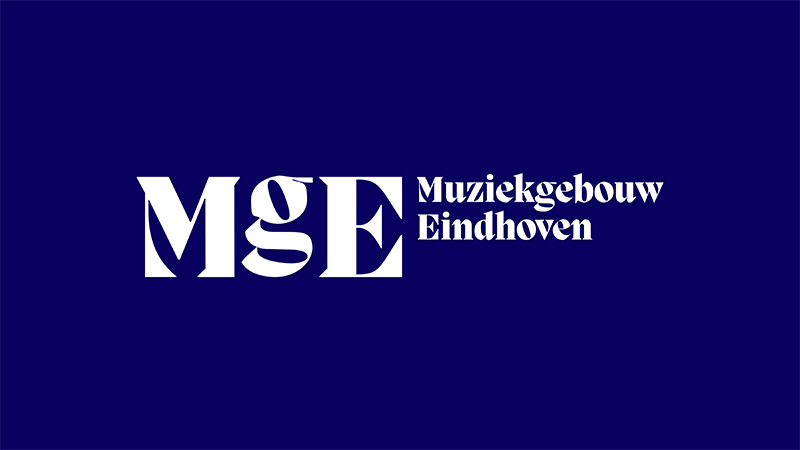
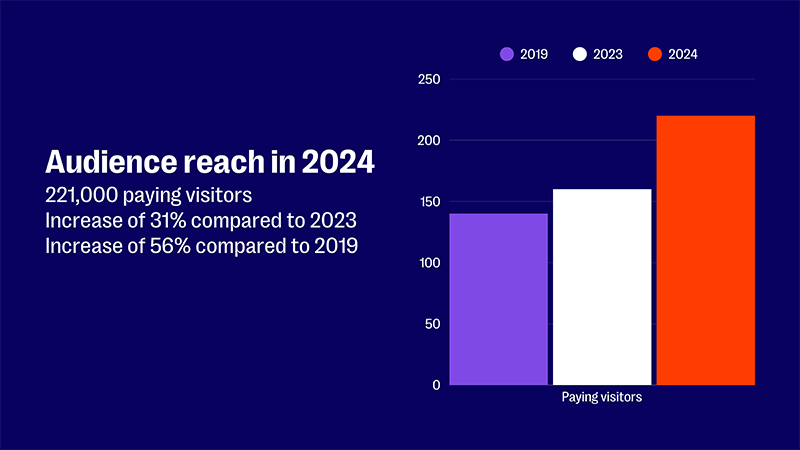



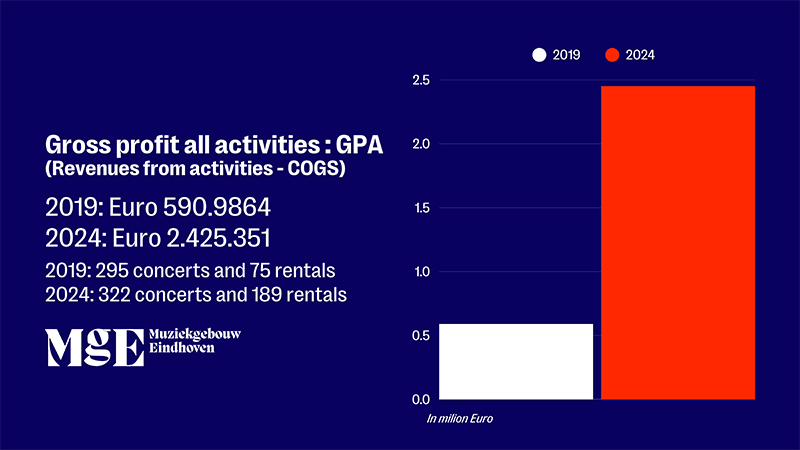
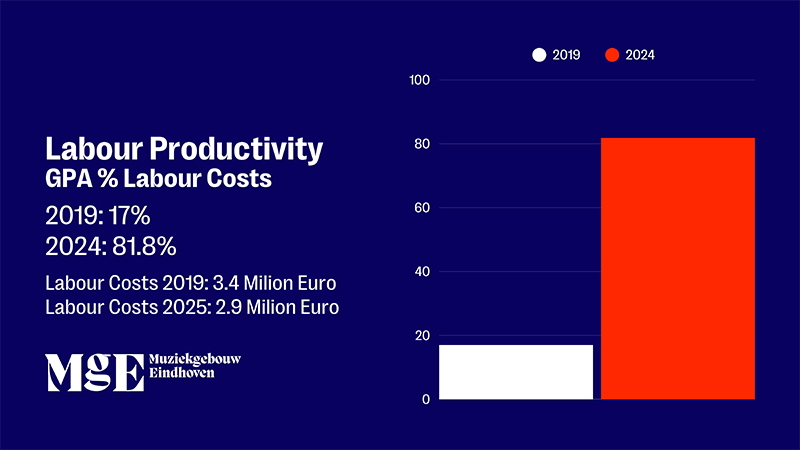
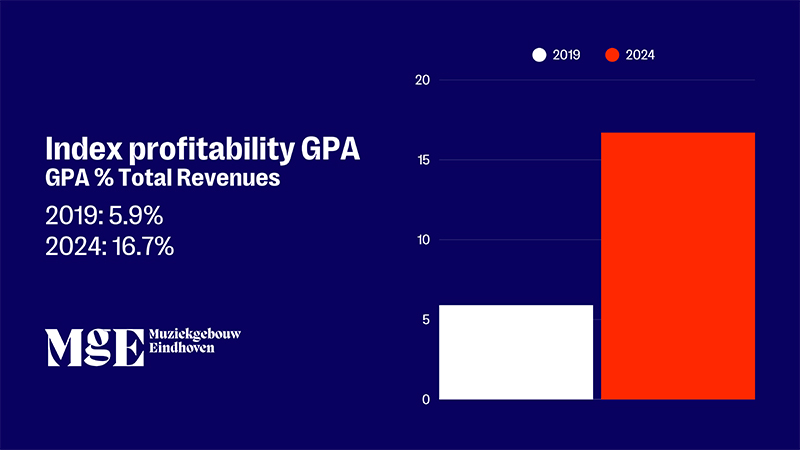

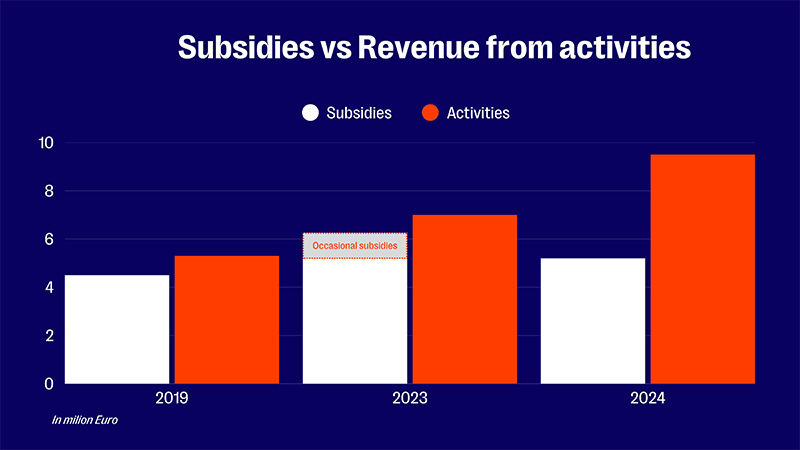
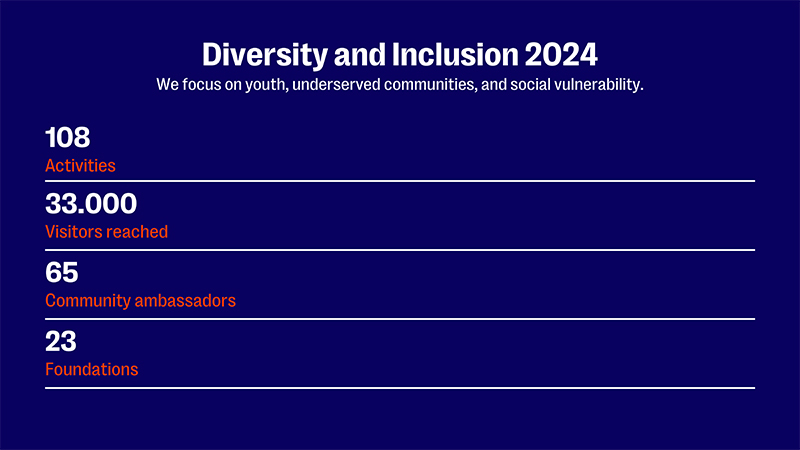


Seven tones of change from the book ‘The Promise’

A promise that works
This chapter explores how the transformation of Muziekgebouw Eindhoven began not with tactics, but with a promise, one that was both desirable, meaning deeply relevant to audiences, staff, and partners, and viable, meaning financially and operationally sustainable. To shape our promise we developed what we call the Promise Principle, a practical, cyclical framework which rests on six interconnected pillars.

The viability – desirability matrix; Testing the strength of a promise. This matrix served not only as a simple tool to evaluate how well our strategic frameworks aligned with the organizational promise, but also as a way to build a shared language within the management team. It helps people understand each other better, challenge assumptions, and assess whether the promise can truly hold up under the evolving demands of the organization.


A clear mindset
If strategy is the map and execution the journey, then mindset is the compass of transformation. It must be calibrated first, because every decision that follows is shaped by how we see, interpret, and respond to the world around us. In this chapter, we explore the essential mindset required for sound decision-making.
- Gather facts with an explorative mindset
- Form opinions by interpreting facts through an unbiased lens
- Make effective, noise-free judgments
Each practice is examined through four guiding lenses:
- What it is
- How it plays out
- Impact
- How to steer it

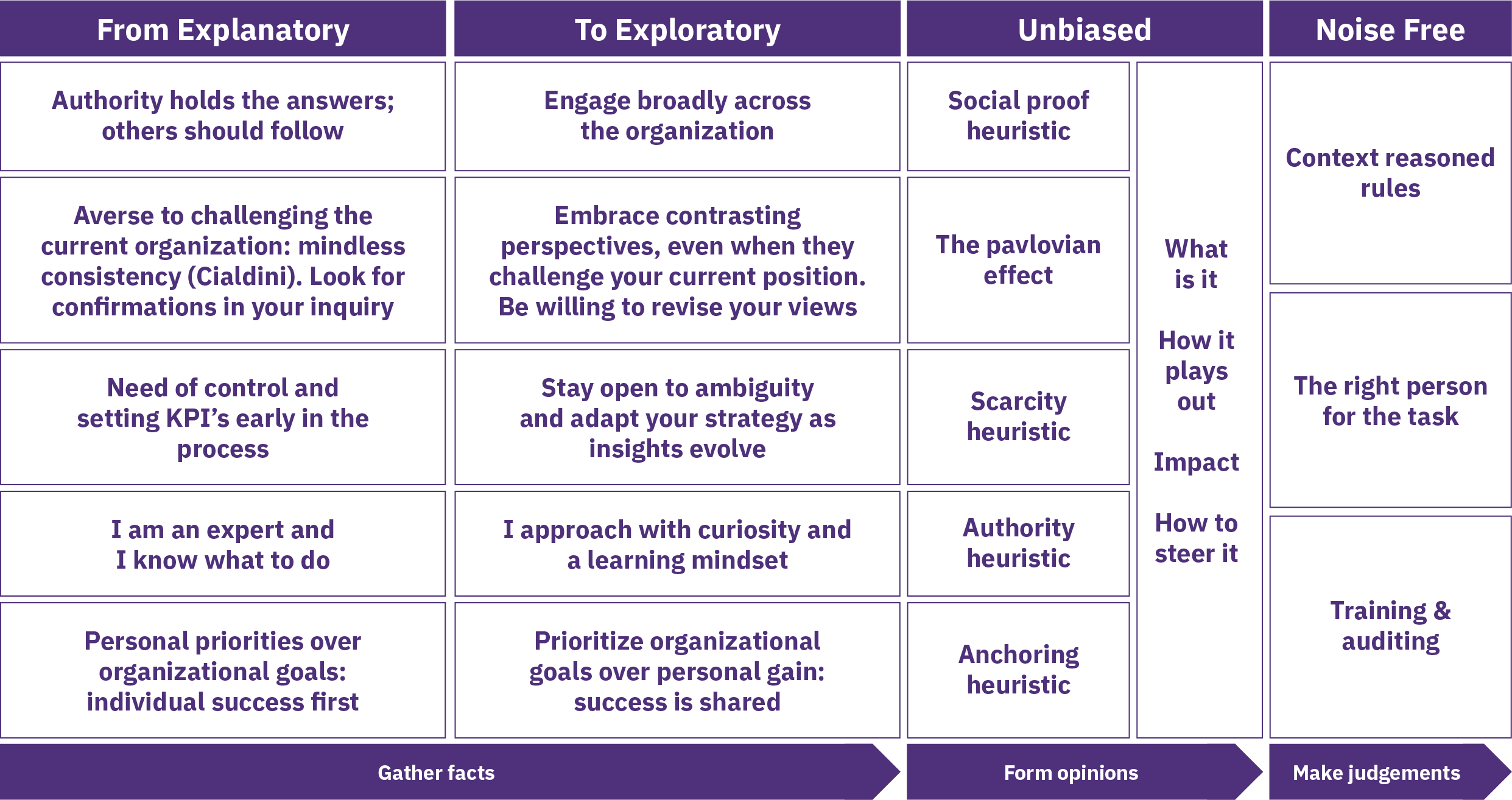
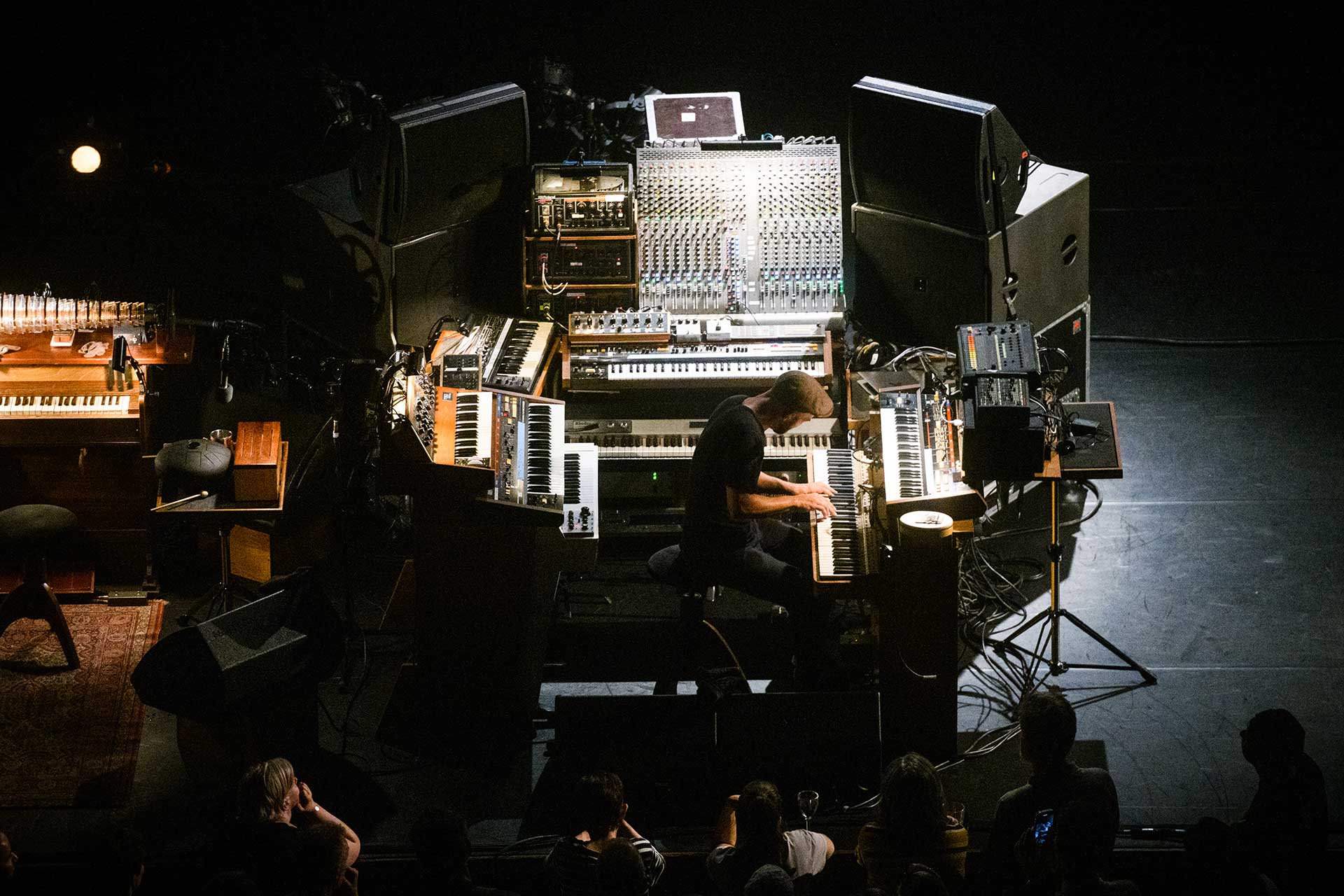
Holistic view
This is the moment where you take ownership of the insights gathered and apply your analytical and creative brainpower, together with your team, to arrive at initial conclusions. These conclusions form the foundation for your strategic frameworks.This chapter offers tools and examples to help you move from fragmented insights to an holistic view:
Part 1: Building a holistic view.
- Inside-Out
- Outside-In
Part 2: From insight to action
- The “So What” helps prioritize what matters and identify the implications behind the facts.
- The “Beyond the Grid” translates SWOT elements into four types of strategic responses: leverage, counter, mitigate, and defend.
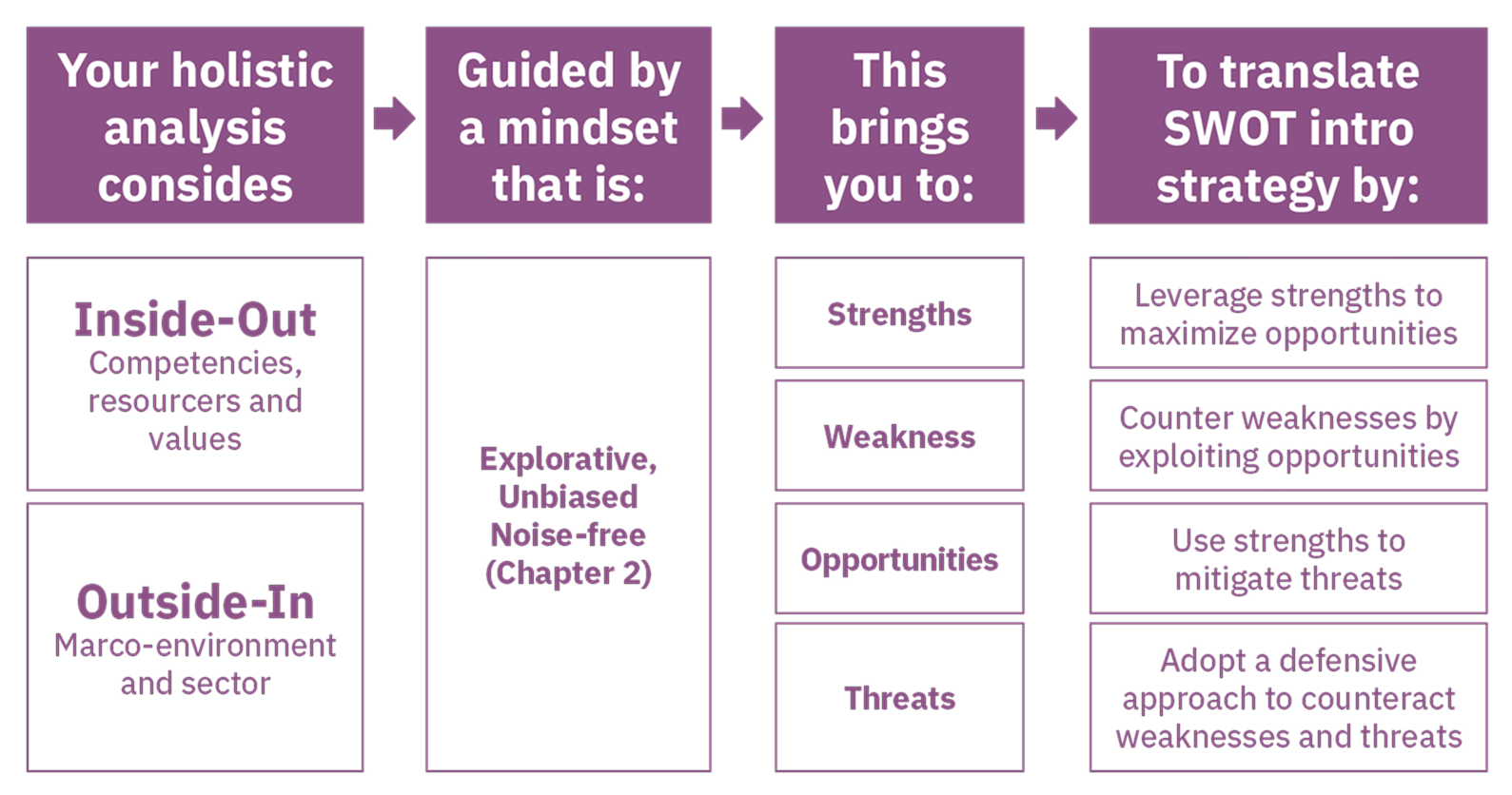
The “Beyond the Grid” tools helps us translating SWOT elements into four types of strategic responses:
- leverage,
- counter,
- mitigate, and
- defend.
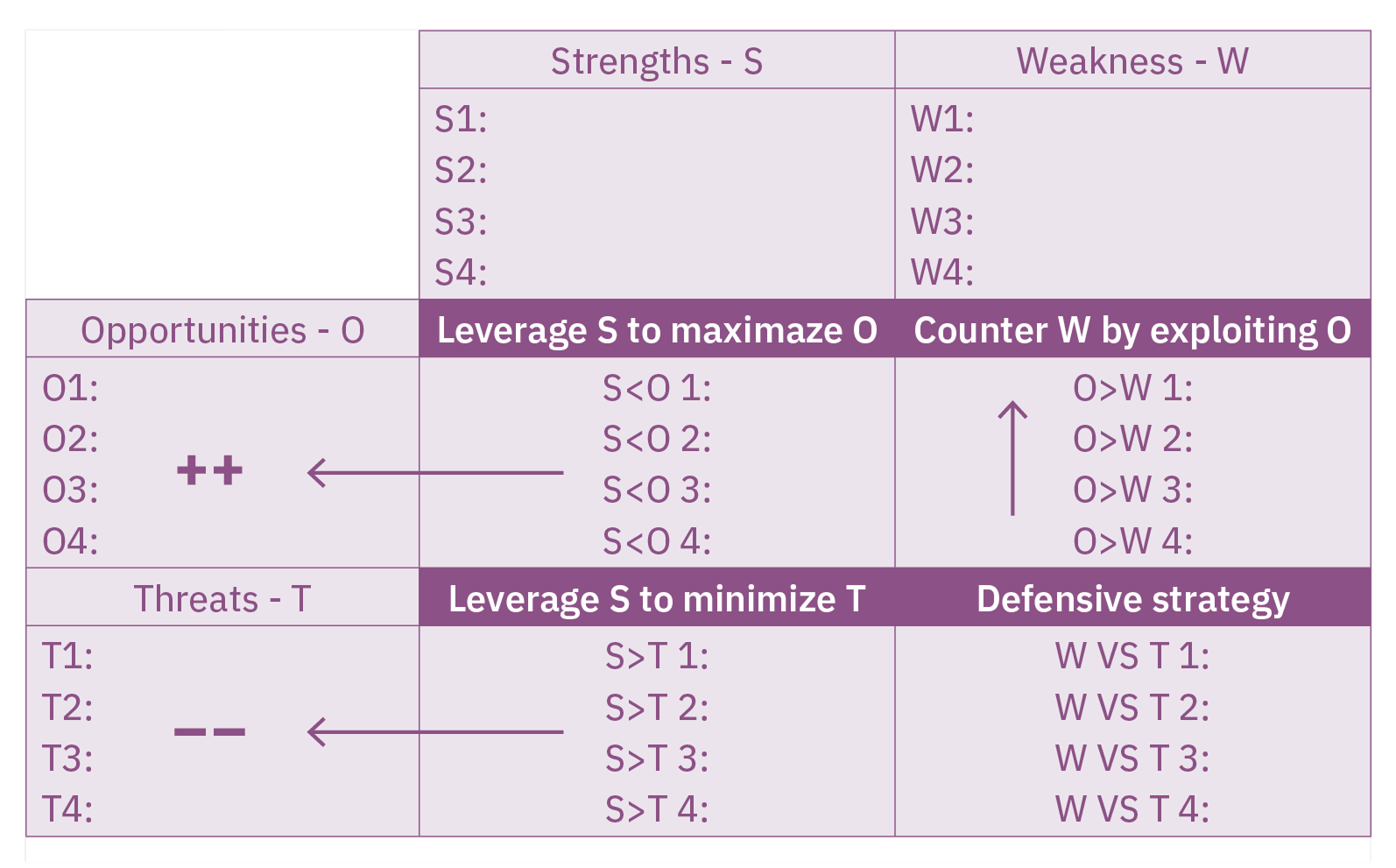

Customer Centric Approach
This chapter explores one of the most defining shifts in MgE’s recent transformation: the transition from broadcasting to listening, from viewing audiences as passive consumers to engaging them as active co-creators in a shared cultural journey. This chapter tells how we redefined the way we build trust, design programming, and create meaning. We stopped asking “What do we want to present?” and started asking “What do our audiences need to feel seen, valued, and included?”
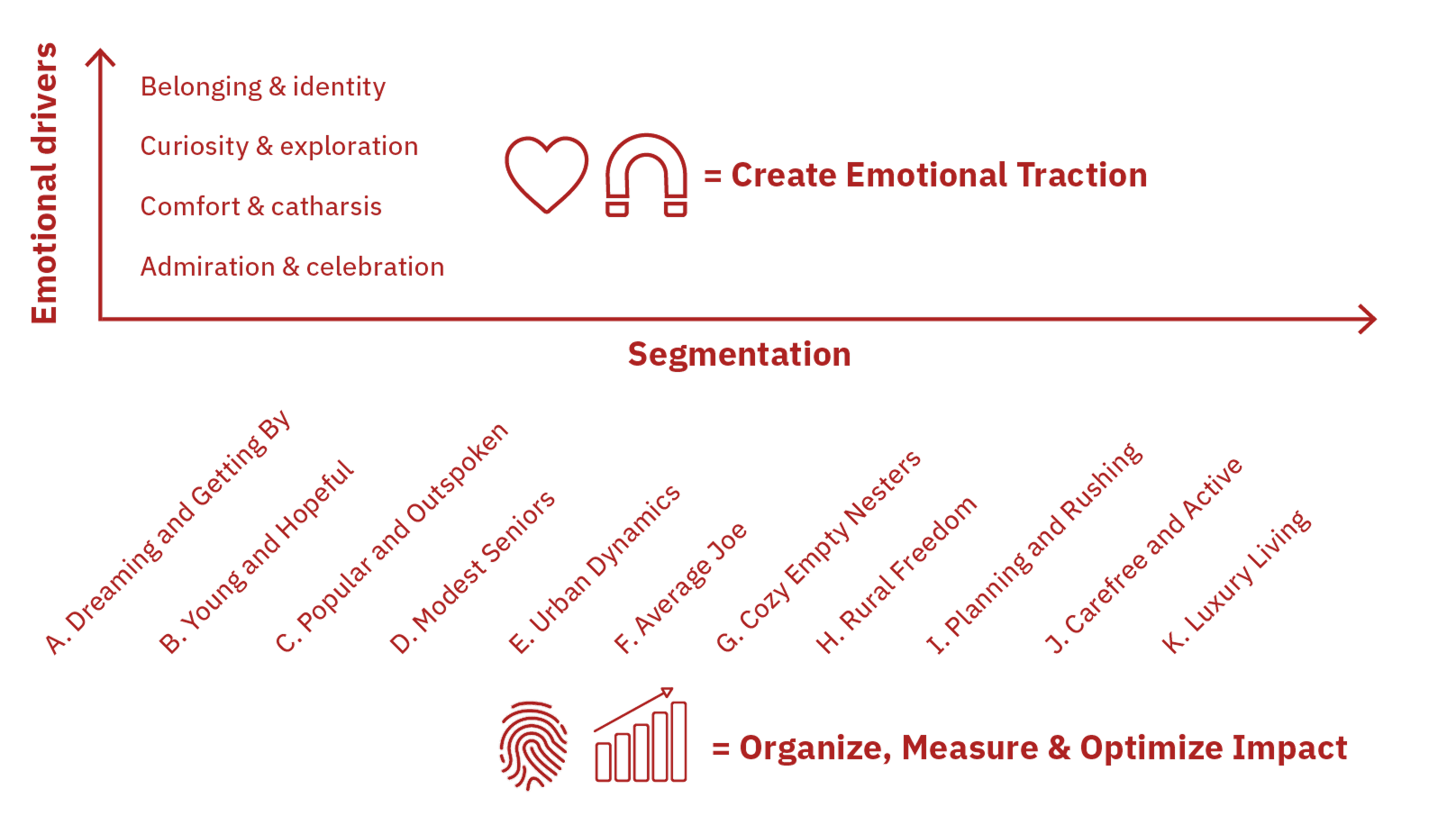
We introduce customer- centric approaches, built around two core pillars:
- A three-dimensional model for audience engagement that blends emotional drivers, audience segmentation, and influence principles
- The second customer centric approach consists of community activities based on participative programming and value curve-based decision making.
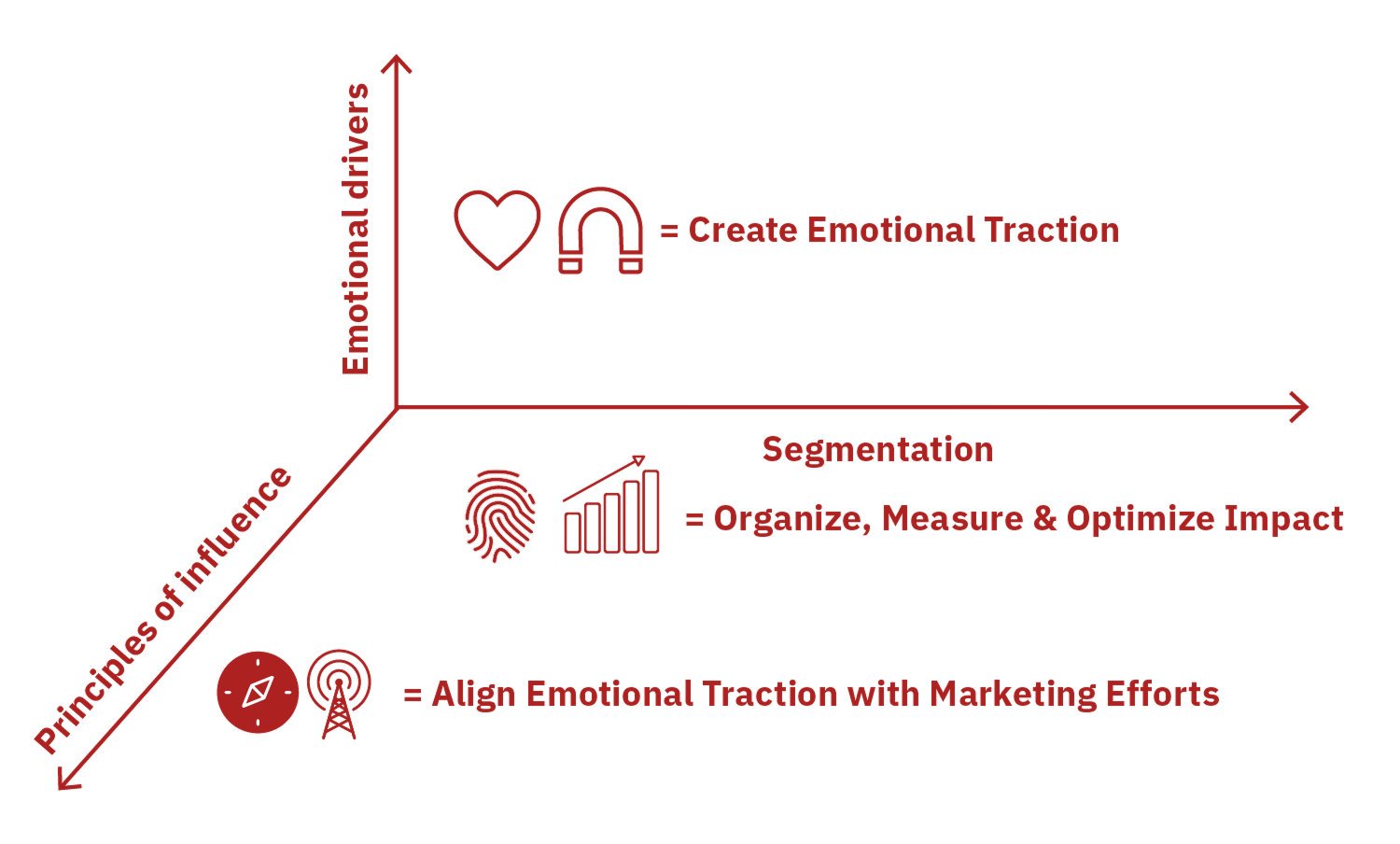
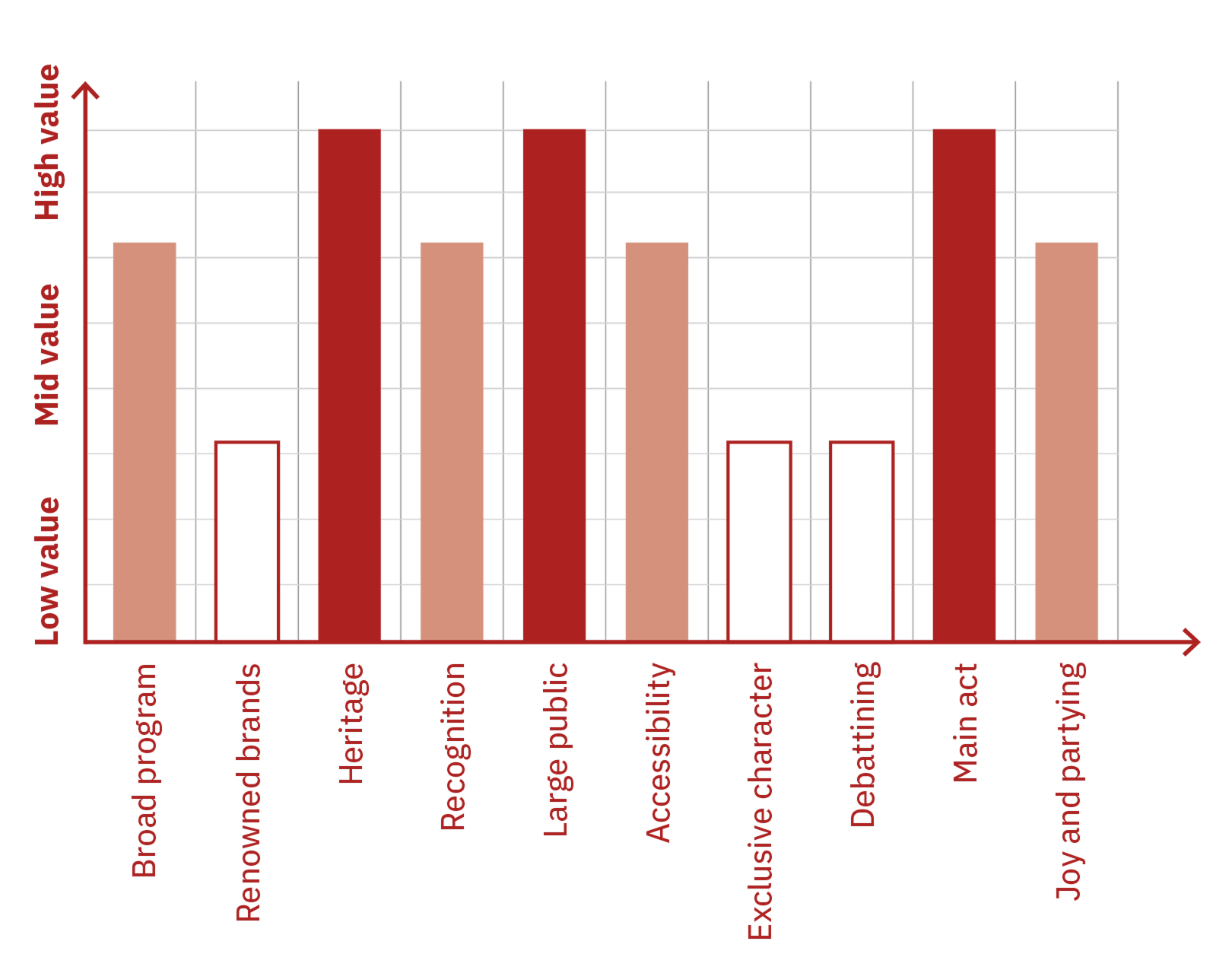
-Chapter-V.jpg)
Strategic Frameworks
This chapter describes a pivotal shift: from understanding to deciding, from insight to strategy. We followed five guiding principles to shape the strategic frameworks that would define our success. These frameworks were continuously tested using a structured toolkit that included: context and challenge, strategic response, target segment, what we offer, and outcomes and impact. Our frameworks enabled us to:
- Bridge ambition and feasibility (law of proximity)
- Prioritize what moves the needle (maximize impact)
- Sustain focus over time (consistency)
- Adapt boldly in uncertainty (embrace ambiguity)
- Build systems that amplify themselves (network effects)
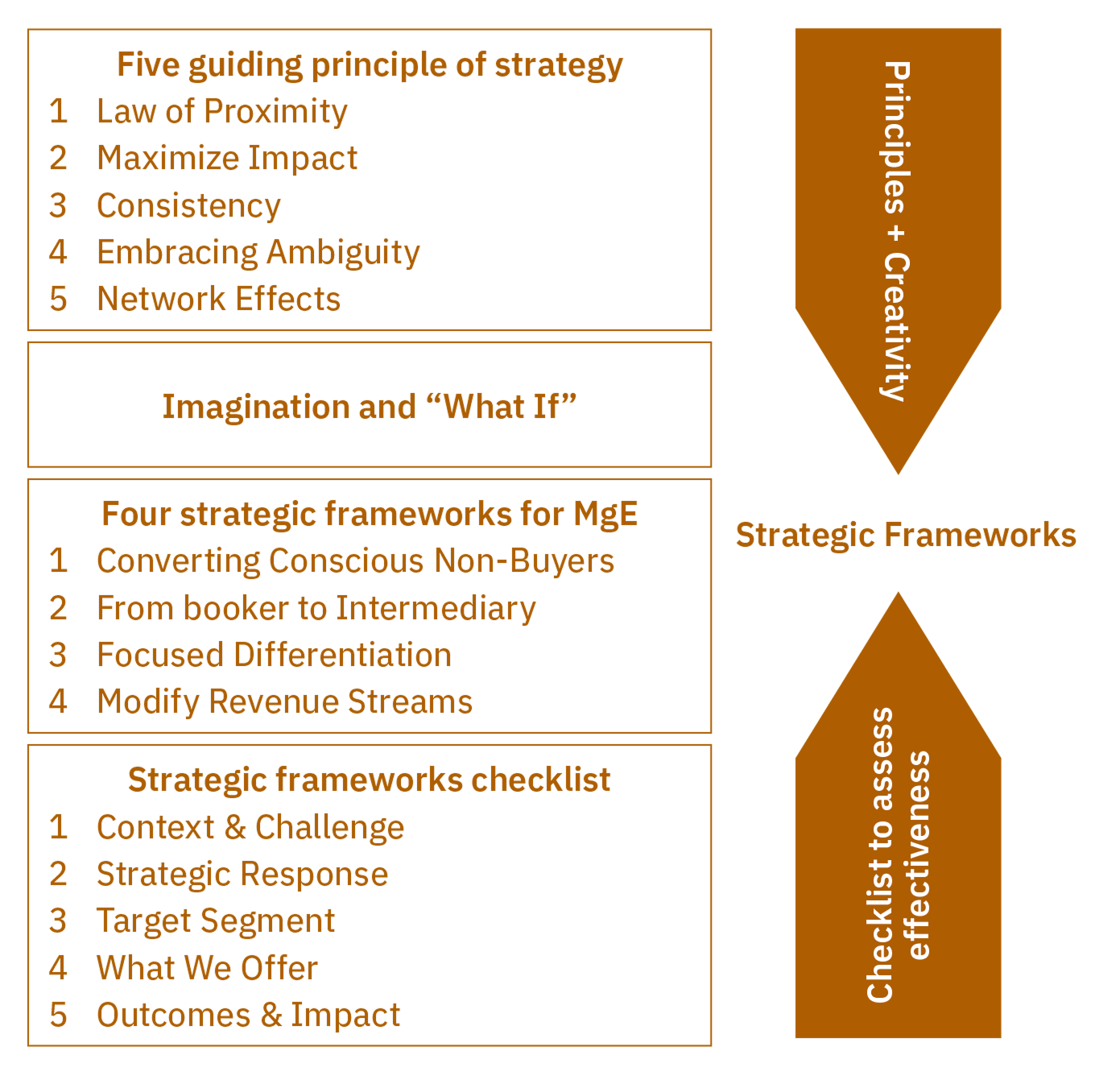

Operational & Financial Systems
This chapter provides an overview of how we operationalized the strategic frameworks discussed previously.To support this shift, we focused on three core metrics:
- Prioritizing Net Profit before Taxes (NTP): Treating financial outcomes not as vanity metrics, but as drivers of reinvestment, innovation, and resilience.
- Gross Profit per Activity (GPA): Applying this unified metric across concerts, rentals, and productions to assess performance and guide resource allocation. This enabled also Forecasting Over Budgeting: Replacing static annual budgets with rolling two-week forecasts to enhance responsiveness and agility.
- Increasing Revenue per Labor Euro (RLE): We improved labor productivity through initiatives such as process streamlining, automation of low-value tasks, performance benchmarking, targeted talent development programs, and clearly defined cost caps.

.jpg)
Collaboration
In this chapter, we explore how our organization found its collaborative rhythm, a force that turned teams into ensembles and individual efforts into shared success. We outline four guiding principles that made this possible:
- We care: We explore the concept of “participative leadership” and how to build an “ownership circle”.
- We trust: Trust starts with truth, when leaders communicate transparently, lead with empathy, and align words with actions.
- We believe:True transformation doesn’t come from grand gestures but from believing in every small step forward.
- We help... and stay cool: We begin with the positive circle of reciprocity, emphasizing that help, when freely given and fairly returned, builds strong social bonds. Finally, in “we stay cool”, we explore emotional regulation as a core leadership skill reinforcement.

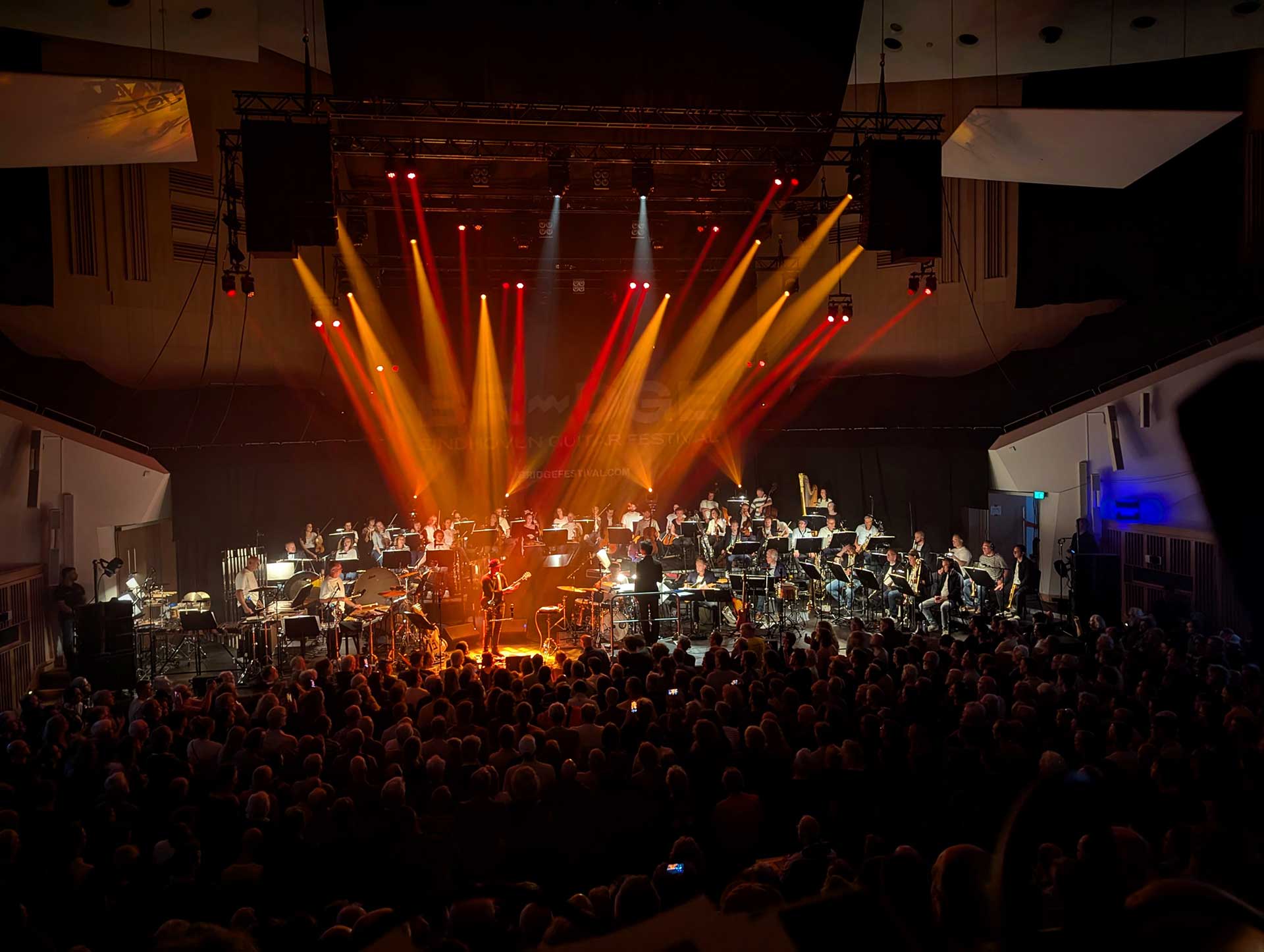
Workshops: From Experience to Impact
Over the past ten years, I have seen how the Seven Tones of Change, when applied effectively, can help teams and organizations achieve outstanding results across strategic, financial, and human perspectives. I am glad to share my experience and the tools presented in the book through workshops designed to help other teams and organizations thrive.
Serving as the backbone of each workshop, the Seven Tones of Change can be explored in full, combined into a tailored composition, or focused on a single, specific area. As outlined in the book, interaction and a strong team rhythm are essential to the success of any endeavor—principles I bring to every workshop to help participants engage with these themes in an inspiring, interactive, and structured way.
Who It's For:
- Leadership teams in public and private sectors
- Cultural institutions seeking relevance and resilience
- Ministries and policy-driven organizations
- Cross-functional teams facing change or growth
Trusted by:
Workshops and trainings have been delivered for a diverse set of partners, including:
- Ministry of Defence (Ministerie van Defensie)
- Ministry of Education, Culture and Science (OCW / Ministerie van Onderwijs, Cultuur en Wetenschap)
- Sector-wide training programs and networks in the cultural field
- Private companies navigating transformation and innovation
Formats:
Choose from a half-day immersion, full-day workshop, or a multi-part series tailored to your organizational goals. Delivery options include keynote, facilitation, team coaching, and hands-on clinics.

Edo Righini
Edo Righini is a cultural entrepreneur, musician, and strategist with a deep belief in the power of culture to connect, transform, and inspire. With a background spanning music performance, economics, and executive leadership, he has guided several institutions through complex transitions— blending creativity with financial clarity and the power of collaboration.
As Director of Muziekgebouw Eindhoven, he led a widely praised transformation, restoring the iconic venue’s role in the community and securing its artistic and financial success.
As of 1 July 2025, Edo serves as a board member of the concert and congress hall de Doelen in Rotterdam and as a Crown-appointed member of the Dutch Council for Culture, the official advisory body to the Ministry of Education, Culture and Science. He continues to lead and inspire at the intersection of culture, leadership, and innovation.
If you’d like to explore my full professional journey, you’re welcome to connect with me on LinkedIn.
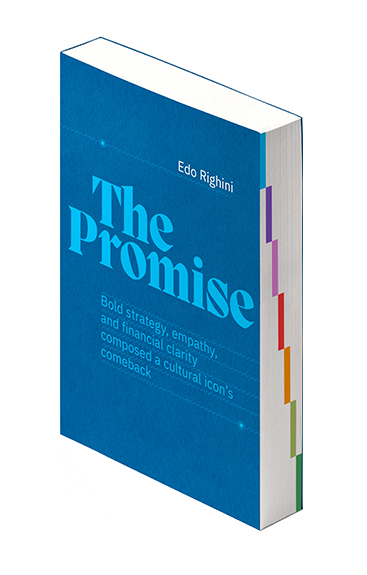
Order the Book
Bring the Seven Tones of Change to your own work, reserve your copy today.
Thank you for your interest in my book.
You can reserve your copy by contacting me through the form below. I will get in touch with you to
arrange
purchase and shipment.
Order form
Edo Righini
f3BEQag7ZiE5PkMY1MphKAJFt5vbwAMbUcadmFksHVqWkbl7KSfAQEFZ2JiExoqnShCFaWfbMPadQ2vfdAXHf1ErIyfMHRMTY5sEomS1QdTLXAwOpkS9p9V2kple
LinkedIn